Welcome, fellow data enthusiasts! If you're considering using Qlik Sense for your data analytics needs, you may be wondering which one is right for you: Qlik Sense Enterprise SaaS (Qlik Sense SaaS) or Qlik Sense Enterprise on Windows. While both offer powerful features and capabilities, there are some key factors to consider. In this text, we'll delve into the strengths of Qlik Sense Enterprise SaaS and how it compares to the Windows version. So grab your favorite drink, and let's journey into the world of data visualization with Qlik Sense!
Key difference: Fully hosted by Qlik in the cloud
Fully hosted by Qlik on their Cloud platform, Qlik Sense Enterprise SaaS:
- is designed to scale up or down as needed, while Qlik Sense Enterprise on Windows requires additional hardware and resources to be added or removed.
- is delivered via the cloud, while Qlik Sense Enterprise on Windows is installed on a local server or device. As a consequence, your Qlik Sense is updated automatically without downtime. This makes Qlik Sense Enterprise SaaS more flexible and convenient for users who need to access data from different locations or at different times.
- comes with a full range of mobile features that allows for smooth switching across devices. You can use the Qlik Sense Mobile app for iOS and Android for interactive online and offline analysis and/or integrated push alerting.
Key similarity: the same Qlik Sense
The basis of both the Windows and SaaS version is the same Qlik Sense. Therefore, Qlik Sense SaaS uses the same dashboards and has the same look and feel as the Windows counterpart. There even is the possibility to upload or automatically distribute apps from a Windows to a SaaS environment. Second, the powerful ETL-scripting of both versions but also of QlikView is identical. Meaning that a migration is certainly not a start over. Last but not least, both versions of Qlik Sense but also QlikView rely on the Qlik Associative Engine. Allowing users to analyze all of their data instead of only subsets and to discover unexpected insights.
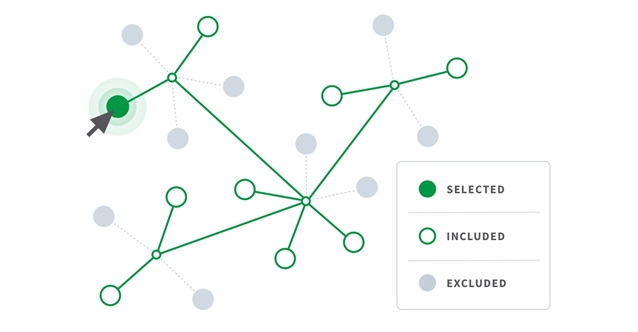
Key difference: Additional features
As Qlik enthusiasts, we are always on the edge of our seats when Qlik releases new features. As a part of the Qlik Cloud platform, Qlik Sense Enterprise SaaS comes with some unique and additional features:
Qlik Application Automation
With Qlik Application Automation you can design dynamic workflows that react to business events automatically and send actions to other SaaS applications. You can thus:
- Create a customer in your CRM
- Update a deal in HubSpot
- Send a message via Teams
- Generate and distribute reports (.pdf, .ppt & .xlsx)
- Trigger a job in Databricks
- …
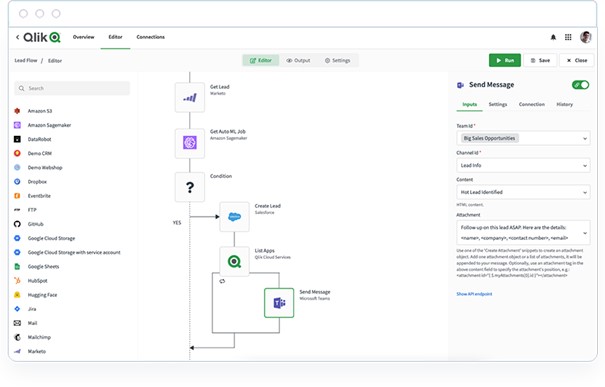
Qlik AutoML
Automated machine learning (AutoML) discovers patterns in your data and makes predictions based on future data using these patterns. You can collaborate with colleagues by participating in machine learning experiments and incorporate your predictive analytics in Qlik Sense apps. Besides predictions, you can also analyze the important factors that affect a certain outcome.
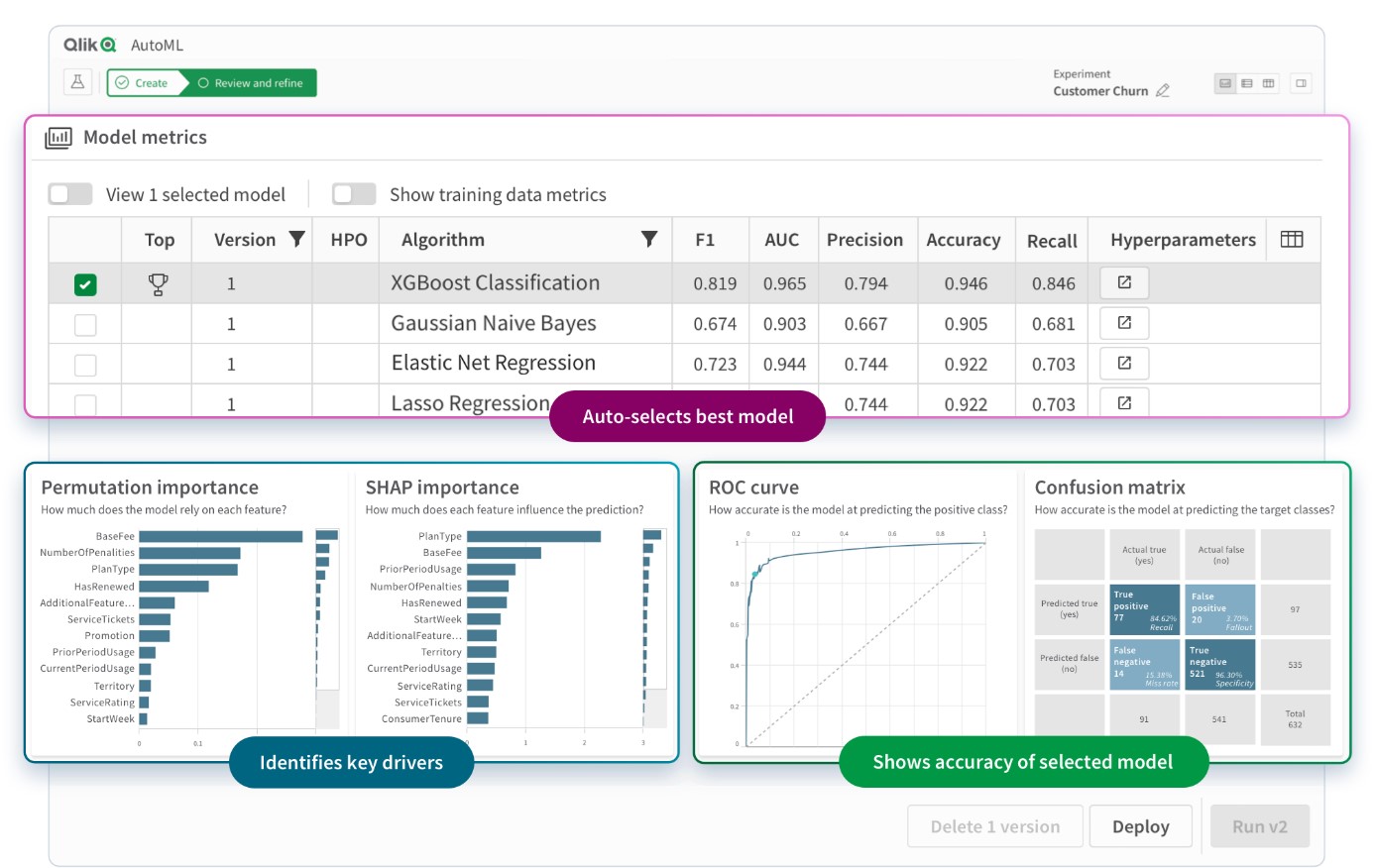
Qlik Alerting
Switch from daily checking Qlik Sense yourself to receiving alerts when certain thresholds are reached. Qlik alerting allows users to set up alerts and notifications based on specific criteria, such as data changes or performance thresholds. For example, a financial institution could use Qlik Alerting to notify management when certain key performance indicators (KPIs) fall below a certain threshold. Qlik refers to this as “Active Intelligence”. Besides alerts, you can also opt for subscription reports and schedule recurring emails with content of your favorite dashboards.
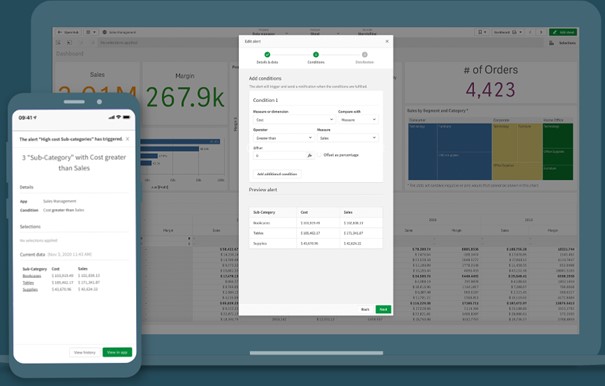
Catalog & Lineage
Have you ever wondered where a certain field in your Qlik Sense reports comes from? Or what its technical field name is in the underlying source? Enter Qlik Catalog & Lineage.
Qlik Catalog & Lineage is a feature that allows users to track and manage datasets within their organization. This feature is beneficial for companies because it helps to improve data governance and quality. By tracking and managing datasets and apps, organizations can better understand the sources and lineage of their data, which can help to reduce errors and improve decision-making. It also helps to ensure that datasets are being used in accordance with company policies and regulations (e.g. GDPR). Furthermore, by providing a centralized repository of datasets, it becomes easier for team members to access and share data, which can help to increase productivity and efficiency.
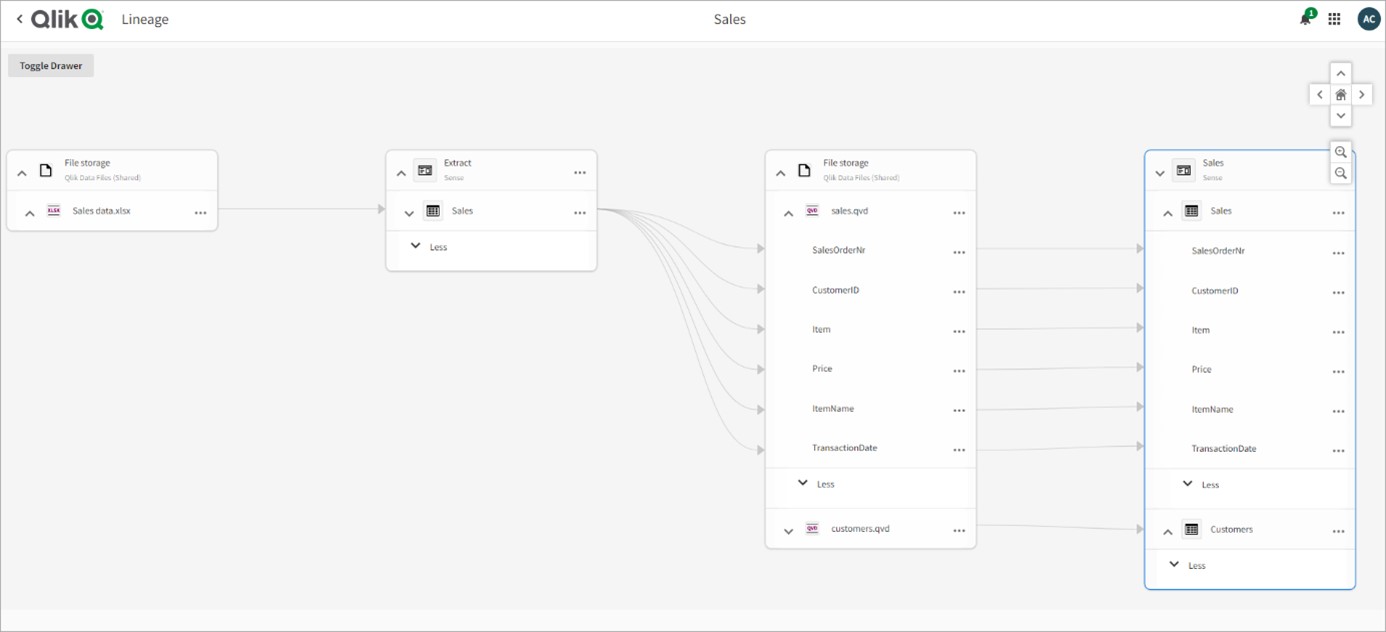
Conclusion
Overall, Qlik Sense Enterprise SaaS offers a range of technical benefits and additional features that can be useful for organizations looking to use Qlik Sense for data visualization and business intelligence. The flexibility and mobility of the platform, the seamless integration with other cloud tools and its ability to easily scale up or down, can make it a more convenient and cost-effective option compared to the on-premises version. The additional features, such as AutoML, Application Automation, Alerting, and Catalog & Lineage, can also provide a range of benefits for businesses looking to improve efficiency, accuracy, and collaboration in their data visualization and business intelligence processes.


